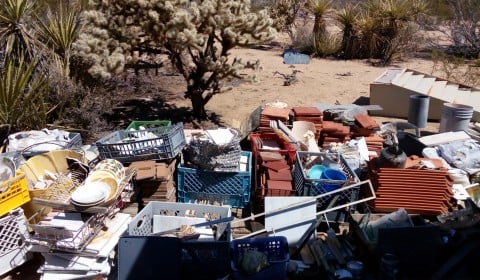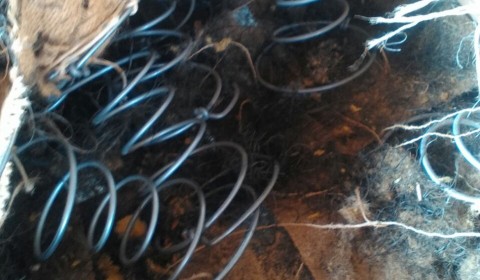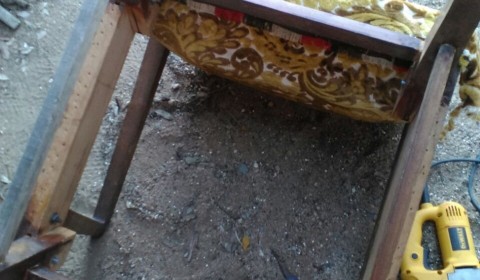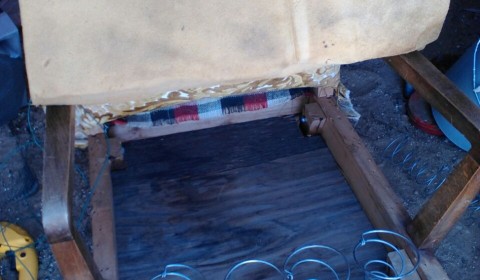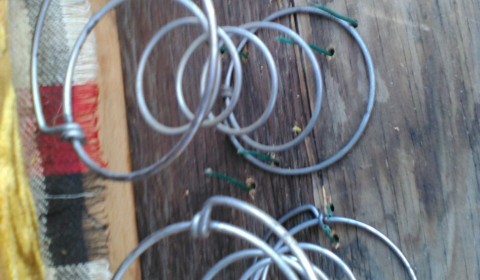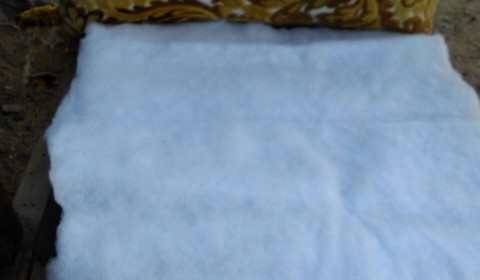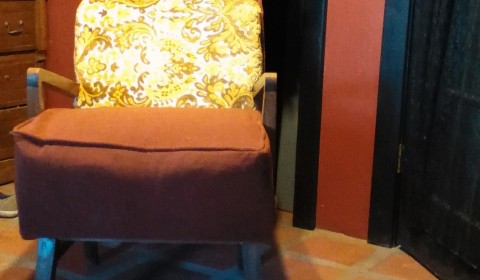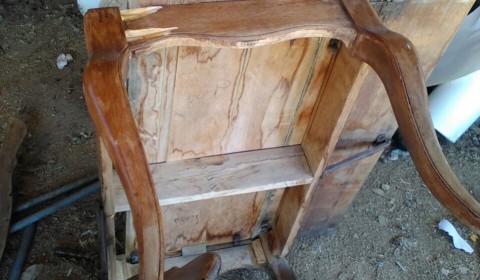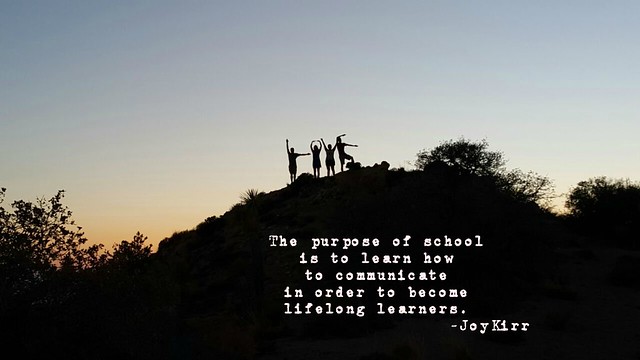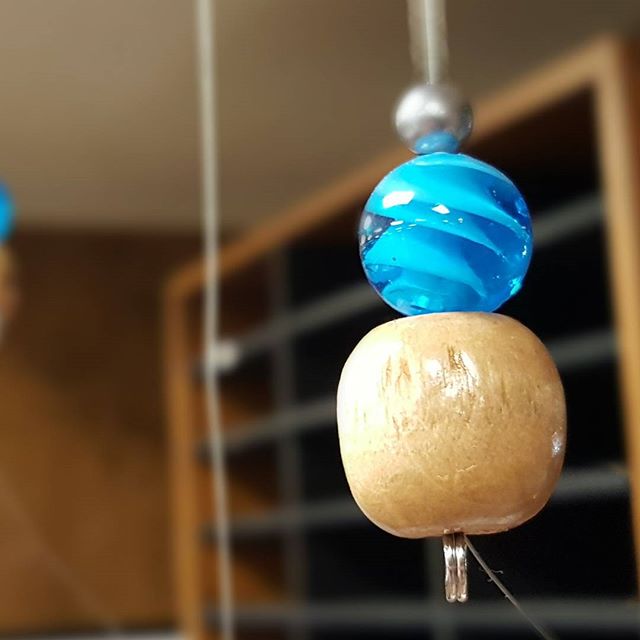 flickr photo shared by buistbunch under a Creative Commons ( BY-NC-ND ) license
flickr photo shared by buistbunch under a Creative Commons ( BY-NC-ND ) license
Recently I noticed the above picture on Michael Buist’s Instagram account.
I have watched Michael’s Instagram posts about pearls of wisdom, and I was always curious. This time I asked him if he had written a post about his pearls. Good timing. He was just getting ready to write that post. You can read it on Michael’s Tumblr blog: Pearls of Wisdom Gamify Learning. Be sure to click on that link now and read the post for details about the Pearls of Wisdom. (I’ll wait for you.)
It’s a game. It’s an alternative to grading. It honors the ability of young people to memorize for a lifetime. (I always enjoyed memorizing times tables, presidents, U.S. capitals, and more. I would have loved the pearls of wisdom idea.)
I’m definitely going to try this with second grade English language learners. What would the pearls be for, though? I just finished teaching Kindergarten. For those students, some of the pearls may have been for knowing all the letters and sounds, days of the week, months of the year, and Kindergarten sight words.
For second grade, I need some advice from second grade teachers and teachers of English language learners. I have a limited time with the students, only 3-4 hours a week! What pearls of wisdom would your second grade English language learners earn?
Michael, thank you so much for sharing this awesome idea and write up on your Tumblr account. Thanks for introducing me to two new teachers from KGA. (You can follow Michael and his colleagues here: @BuistBunch, @NusKnights, @notleycrew1, @gforceteach). I have one more question, though. Do the pearls of wisdom stay with the child? Or in the room, as this photo below suggests? Do they stay in the room and students add to them as they earn? Are their names on the string? (Some would have few pearls and hanging up for all to see, right? 🙁 )
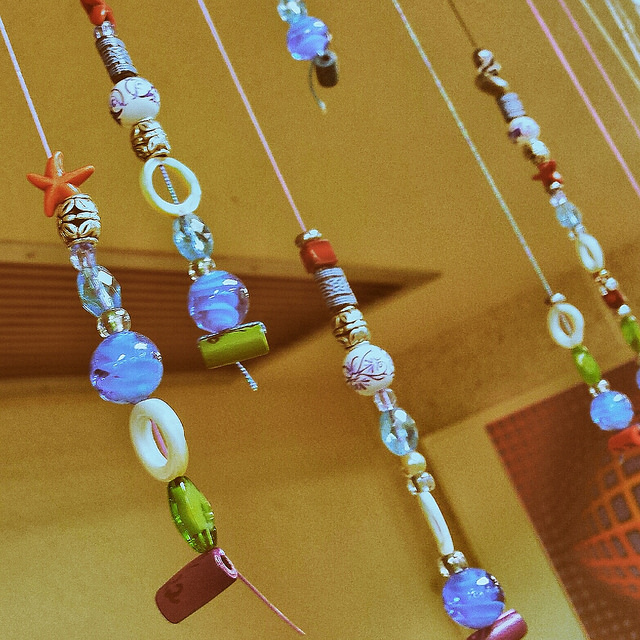
flickr photo shared by buistbunch under a Creative Commons ( BY-NC-ND ) license
